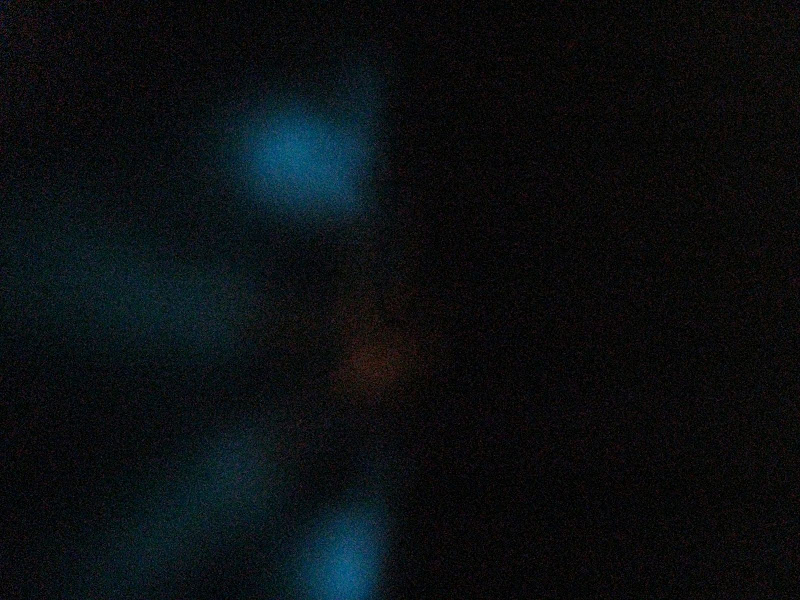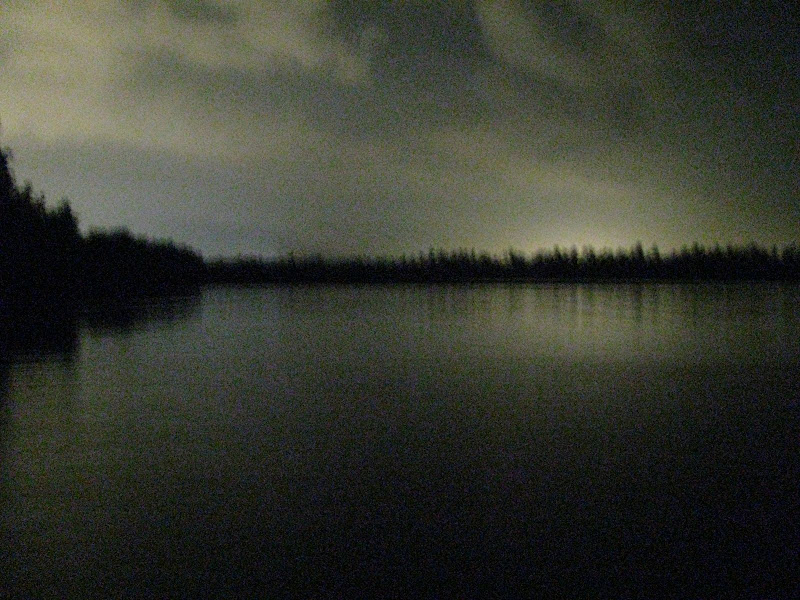Vieques, in full Isla de Vieques, is an island-municipality of Puerto Rico in the northeastern Caribbean, part of an island grouping sometimes known as the Spanish Virgin Islands. Like the rest of Puerto Rico, a U.S. Commonwealth, Vieques retains strong influences from 400 years of Spanish ownership.
Caribbean, part of an island grouping sometimes known as the Spanish Virgin Islands. Like the rest of Puerto Rico, a U.S. Commonwealth, Vieques retains strong influences from 400 years of Spanish ownership.
Vieques lies about 8 miles (13 km) east of the Puerto Rican mainland, and measures about 21 miles (34 km) long by 4 miles (6 km) wide. Its two main towns are Isabel Segunda (sometimes written "Isabel II"), the administrative center on the northern side of the island, and Esperanza on the southern side. At peak, the population of Vieques is around 10,000.
The island's name is a Spanish spelling of a Native American word said to mean "small island". It also has the nickname "Isla Nena", usually translated from the Spanish as "Little Girl Island", alluding to its perception as Puerto Rico's little sister. During the colonial period, the British name was "Crab Island".
Vieques is best known internationally as the site of a series of protests against the United States Navy's use of the island as a bombing range and testing ground, which led to the Navy's departure in 2003. Today the former Navy land is a national wildlife refuge, with numerous beaches that still retain the names given by the Navy, including Red Beach, Blue Beach, Green Beach and others. The beaches are commonly listed among the top beaches in the Caribbean for their azure-colored waters and white sands.
Navy's use of the island as a bombing range and testing ground, which led to the Navy's departure in 2003. Today the former Navy land is a national wildlife refuge, with numerous beaches that still retain the names given by the Navy, including Red Beach, Blue Beach, Green Beach and others. The beaches are commonly listed among the top beaches in the Caribbean for their azure-colored waters and white sands.
The Bioluminescent Bay (also known as Puerto Mosquito, Mosquito Bay, or "The Bio Bay"), is perhaps the world's largest and brightest. The luminescence is caused by micro-organisms (dinoflagellates) which glow whenever the water is disturbed, leaving a trail of neon blue. A combination of factors create the necessary conditions for bioluminescence: red mangrove trees surround the water (the organisms feed off the dead leaves); a complete lack of modern development around the bay; the water is cool enough and deep enough; and a small channel to the ocean keeps the dinoflagellates in the bay. This small channel is the result of Spanish ships' attempts to choke off the bay from the ocean's waters. The Spanish believed that the bioluminescence they first encountered was the work of the Devil ('El Diablo') and tried to block the ocean's waters from entering the bay by dropping huge boulders in the channel. The Spanish only succeeded in preserving and increasing the luminescence. Kayaking is permitted in the bay and can be arranged through local vendors. Swimming is allowed on limited basis through guided tours.
Vieques lies about 8 miles (13 km) east of the Puerto Rican mainland, and measures about 21 miles (34 km) long by 4 miles (6 km) wide. Its two main towns are Isabel Segunda (sometimes written "Isabel II"), the administrative center on the northern side of the island, and Esperanza on the southern side. At peak, the population of Vieques is around 10,000.
The island's name is a Spanish spelling of a Native American word said to mean "small island". It also has the nickname "Isla Nena", usually translated from the Spanish as "Little Girl Island", alluding to its perception as Puerto Rico's little sister. During the colonial period, the British name was "Crab Island".
Vieques is best known internationally as the site of a series of protests against the United States
The Bioluminescent Bay (also known as Puerto Mosquito, Mosquito Bay, or "The Bio Bay"), is perhaps the world's largest and brightest. The luminescence is caused by micro-organisms (dinoflagellates) which glow whenever the water is disturbed, leaving a trail of neon blue. A combination of factors create the necessary conditions for bioluminescence: red mangrove trees surround the water (the organisms feed off the dead leaves); a complete lack of modern development around the bay; the water is cool enough and deep enough; and a small channel to the ocean keeps the dinoflagellates in the bay. This small channel is the result of Spanish ships' attempts to choke off the bay from the ocean's waters. The Spanish believed that the bioluminescence they first encountered was the work of the Devil ('El Diablo') and tried to block the ocean's waters from entering the bay by dropping huge boulders in the channel. The Spanish only succeeded in preserving and increasing the luminescence. Kayaking is permitted in the bay and can be arranged through local vendors. Swimming is allowed on limited basis through guided tours.
You have read this article with the title VIEQUES, BIOLUMINESCENT BAY, PUERTO RICO. You can bookmark this page URL http://oinsweden.blogspot.com/2011/07/vieques-bioluminescent-bay-puerto-rico.html. Thanks!
Write by:
AN - Tuesday, July 26, 2011







.jpg)


Comments "VIEQUES, BIOLUMINESCENT BAY, PUERTO RICO"
Post a Comment